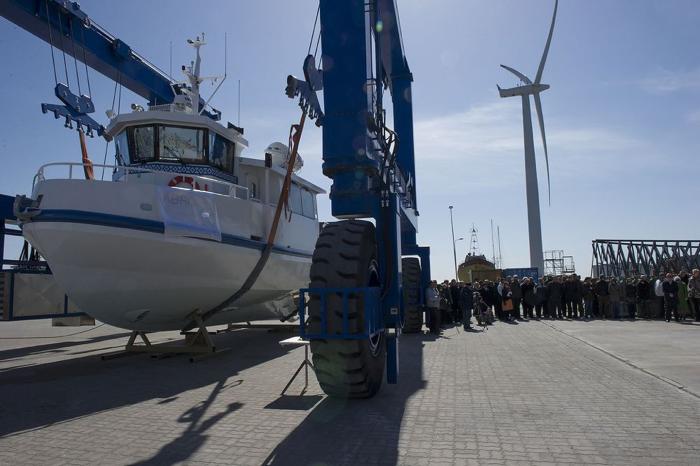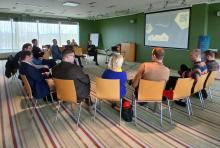
Island facts
Transfers to and from Estonian islands rely on fossil fuels. Current projects explore the possibility of hydrogen or electric-driven ferries and buses operating on green fuels. However, the slow deployment of electric vehicles is due to their high cost, and the number of charging points remains limited.
CO₂ emissions on the islands also stem from industry and agriculture. In Estonia, specific support systems for renewable energy or energy efficiency on islands are lacking, as are island-specific permitting procedures. The mainland grid consists of 330 kV overhead lines, while Saaremaa, the largest island, uses 110 kV lines. This presents a challenge, especially considering the significant offshore wind energy potential and the country's best solar capacity.
Despite concerns about supply security on the islands, there is currently no supportive framework for storage, smart grids, or demand response to address the outdated grid capacity. Developers should cover the expenses for connecting energy generation plants to the grid. The business sector remains the largest consumer of energy and contributor to carbon dioxide emissions. However, the business sector's CO₂ emissions have reduced to 36.9%. Private transport now constitutes 32.4% of emissions, while the building sector forms 19.9% of the total emissions. The importance of emissions arising from ferry fuel consumption has increased, whereas local municipal-owned buildings have significantly lowered their environmental impact.
Other consumer groups have negligible effects on both consumption and emissions, accounting for 205,300 tCO₂. A decrease in consumption across all energy sources is attainable. The 30 for 2023 call aims to achieve the following: Analysis of mobility requirements and decarbonisation technology, study on microgrid flexibility and integration of Renewable Energy Sources (RES), options for implementing demand response, communication strategy, and analysis of natural resource usage.
As part of the 30 for 2030 call the following activities are planned:
The study for the decarbonisation of transport, both road and marine, aims to meet the mobility needs of local stakeholders in Saaremaa and Ruhnu. This will involve an analysis of mobility requirements and decarbonisation technologies, which will depend on the source of fuel. The study will examine the transport needs and the technologies currently in use, as well as optimising transportation to maximise efficiency.
Another study will focus on analysing the technical needs for the integration of decentralised renewable energy sources (RES) and enhancing grid flexibility, including necessary reinforcements. This will involve evaluating the grid reinforcements required for integrating distributed RES generation. The study will also consider the flexibility and demand response aspects, identifying the technology needed to increase flexibility and exploring methods to engage and implement demand response.
In addition, there will be an analysis of the optimal approach to implementing demand response with end-users. This will include examining the technical and regulatory aspects of engaging end-users and determining how to remunerate their involvement, alongside analysing the business model for end-users.
A communication strategy will be developed to engage local stakeholders in the energy transition. Furthermore, an analysis will be conducted on the use of seaweed and reed resources for energy generation, focusing on what these materials can be used for in terms of energy production that would be beneficial for the island. This will involve a techno-economic analysis of the locally available natural resources.
Find out more about the work on Saaremaa and watch the video.
Please note that Saaremaa has applied in a joined application with the island of Ruhnu | Clean energy for EU islands (europa.eu)

